A brief exploration of the autonomic nervous system
Last week I spoke about the concept of glimmers - the micro moments of joy that can help bring us into a deeper sense of connection with ourselves and help to regulate the social engagement branch of our nervous system*. Today I want to back peddle a little and talk about the nervous system itself, hopefully in a simplified and easy to understand way.
Our Autonomic Nervous System contains 2 key branches:
1. Sympathetic - fight or flight/mobilisation
400 million years old
In survival mode it shows up in the body as stress, anxiety, anger, frustration, but also an energy that spurs us into action so not all activation here is "bad"!
You're activated here if you: display anger, frustration, defensiveness (fight), or ignore/pretend that something didn't happen, avoid confrontation, keep yourself busy to take your mind off/ignore things (flight)
2. Parasympathetic - this contains 2 sub-branches: dorsal and ventral
Dorsal Vagal - freeze/immobilisation
Oldest part of our ANS - some 500 million years old
In survival mode it shows up in the body as resistance, lethargy, hopelessness, depression and dissociation. Activation here is useful if we find ourselves in an accident and our bodies go into freeze to prevent us losing too much blood.
You're activated here if you: have no/little desire to socialise, go blank, find it hard to express yourself, have no recollection of something that happened to you, hope that by not making an issue out of something then it will just go away.
Ventral Vagal - social engagement
Newest part of our ANS - some 200 million years old
This is the realm of nervous system regulation, a feeling of balance and contentment.
You're activated here if you: feel happy/contentment, feel a sense of connection to yourself and the world around you.
Which part of your nervous system do recognise that you tend to live in? Do you fight or shutdown? Or perhaps you're aware of moving between the different states in response to different stimuli at different times?
Before I move on, please understand that a healthy nervous system is not one that is balanced and calm in ventral vagal all the time. A healthy nervous system is one that is flexible and can move between the states with adaptability and ease, without getting stuck in a survival mode (fight/flight/freeze).
Oh, and just one more thing: we are not broken. In every moment our bodies are continuously working to achieve its primary physiological focus - safety and survival - and they will do that in the way that our nervous systems have been conditioned to do so. Our job is to learn the language of our nervous system and enable it to flow between its different states without it getting stuck. For want of a better way of putting it, we are both the poison and the antidote.
Why am I even sharing this stuff at all? Well, there are two reasons: 1) understanding how our individual nervous system works and what our unique patterns are is paramount to understanding who we really are and how we show up in the world. 2) Yoga (more specifically tantra) is a nervous system science and the more I learn about western psychological modalities and neuroplasticity, the more glaringly obvious it becomes that this is what these incredible age old traditions were teaching back when they didn't have the scientific vocabulary to articulate it. What can definitely be said to be true of both western psychology and neuroplasticity and eastern philosophical traditions such as tantra, is that they both point to the exact same progenitor of our healing and wellbeing: ourselves.
*This understanding of the nervous system is taken from Stephen Porges Polyvagal Theory.
